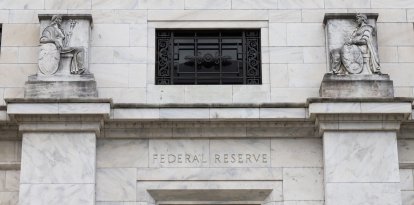Alarming: the average household is more than $165,000 in debt
Rising household debt can be a serious problem in an environment of rising interest rates.

Tarjetas de crédito / Cordon Press.
NerdWallet has released a report on household debt, and the results are alarming: Americans owed $16.5 trillion at the end of 2022. This represents an increase of 7.65% in the last year. On average, households have $165,388 of debt.
Households with a mortgage owe an average of $222,592 on their homes. Average credit card debt is $17,066, and the average owed on vehicles is $28,975. The average for those who owe student debt is $58,238.
Revolving credit cards
Almost all types of debt increased in 2022. Credit card debt has grown the most, by 15.17%. Revolving credit card debt, which allows users to borrow up to a certain limit and pay in monthly installments, has grown especially fast. Payment is automatically deferred. This debt has grown by 28.73%, burdening families with an average of $7,486.
The only type of debt that has not risen, and has even fallen slightly, is student debt. In 2022, it fell by 0.64%. The college debt forgiveness approved via an executive order signed by President Joe Biden explains this slight decline. Those with student debt encountered many difficulties when applying for forgiveness. In addition, several judges have halted Biden's program, pending whether the power to pass such a measure without congressional approval is permitted by the Constitution.
Salaries don't stretch as far as they used to
The increase in card debt is caused, according to experts, by Americans' desire to maintain their standard of living while wages are not growing as fast as prices. In fact, according to official data collected by NerdWallet, household income has grown by 4%, but prices have grown twice as much. Added to this is the interest rate increase due to the Federal Reserve's more restrictive policy.
According to a NerdWallet survey:
According to Sara Rathner, credit card expert for NerdWallet:
Driven into debt
One aspect that is particularly worrying is linked to the purchase of vehicles. One of the reasons for this growth of this type of debt is not due to cyclical factors, such as the sustained increase in prices.
Nicole Gelinas studied the vehicle purchase debt market for City Journal, and the data is astonishing:
The other cause for concern is that cars lose their value over time. Gelinas stated:
One of the reasons for debt growth in recent years is the increase in car prices since the pandemic stemming from problems associated with the supply chain. This has led to higher prices for new cars. According to Gelinas, prices have gone up 20%.

























